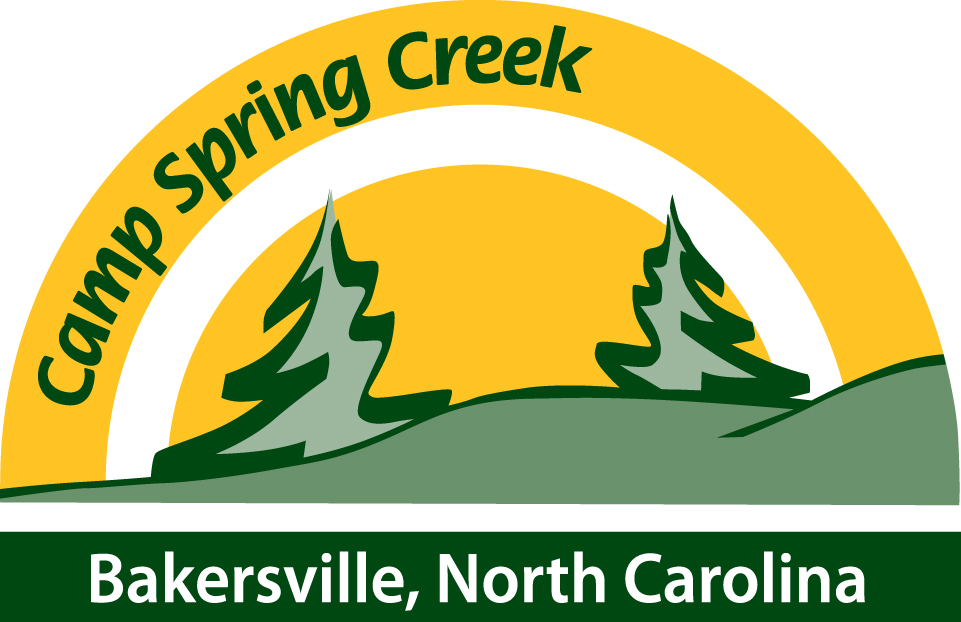We recently came across the text for “Teaching Kids to Read” by Ted Hirsch and were moved to share an excerpt with our readers. In depth, passionate, and precise, this essay offers the former principal of South Shore Charter School’s insights after many years as a teacher, administrator, and advocate for all kinds of learning in Massachusetts. Diagnosed with dyslexia, Hirsh appears to have had a particular interest in formulating a curriculum at his school that worked for children of all learning styles and abilities. Here’s an excerpt from Hirsch’s chapter called “Benchmarks,” which we found unique and specific:
There are well-documented statistics showing huge discrepancies in the amount of time students spend reading. The publicly stated goal of having every child be an independent reader by the end of third grade is any elementary school’s most important job. Without this independence, children will not read enough to acquire the vocabulary necessary for sophisticated discourse. Listed below are a set of benchmarks children need to meet to attain reading independence by the end of third grade.
Kindergarten
To be able to auditorily blend and segment three-sound words and nonsense syllables. To know the sound/symbol correspondences for the five short vowels.
To know the sound/symbol correspondences for all single letter consonants except for “q” and “y.”
First Grade
To be able to auditorily blend and segment two- and three-syllable words and nonsense syllables.
To correctly hear and transcribe all of the basic code.
To know the sound/symbol correspondences for all digraphs.
To know the sound/symbol correspondences for e-controlled vowels. To correctly form all twenty-six letters.
To be able to read books of the level of the Little Bear series.
Second Grade
To be able to auditorily blend and segment a seven-word sentence.
To be able to distinguish all the phonemes of English and make correct transcriptions. To take dictation of any material from the basic code and punctuate it accurately.
To know the rules for the soft “c” and soft “g.”
To know the rule of doubling the consonant after the short vowels when adding suffixes. To spell regular past tense verbs.
To read aloud fluently and for understanding, making pauses and voice modulations which demonstrate the understanding of punctuation.
To be able to sub-vocalize when reading.
To be able to read books at the level of Tales That Julia Tells.
Third Grade
To understand and use the combinational and generative nature of words (root words, prefixes, suffixes).
To take dictation of seven-word sentences (with words from the truly English layer of the language, thus excluding words of Latin and Greek or other foreign language derivation that do not take on typical English endings).
To be able to read books like Stuart Little by E. B. White or Ramona by Beverly Cleary. To read text orally, with the rhythm of speech.
